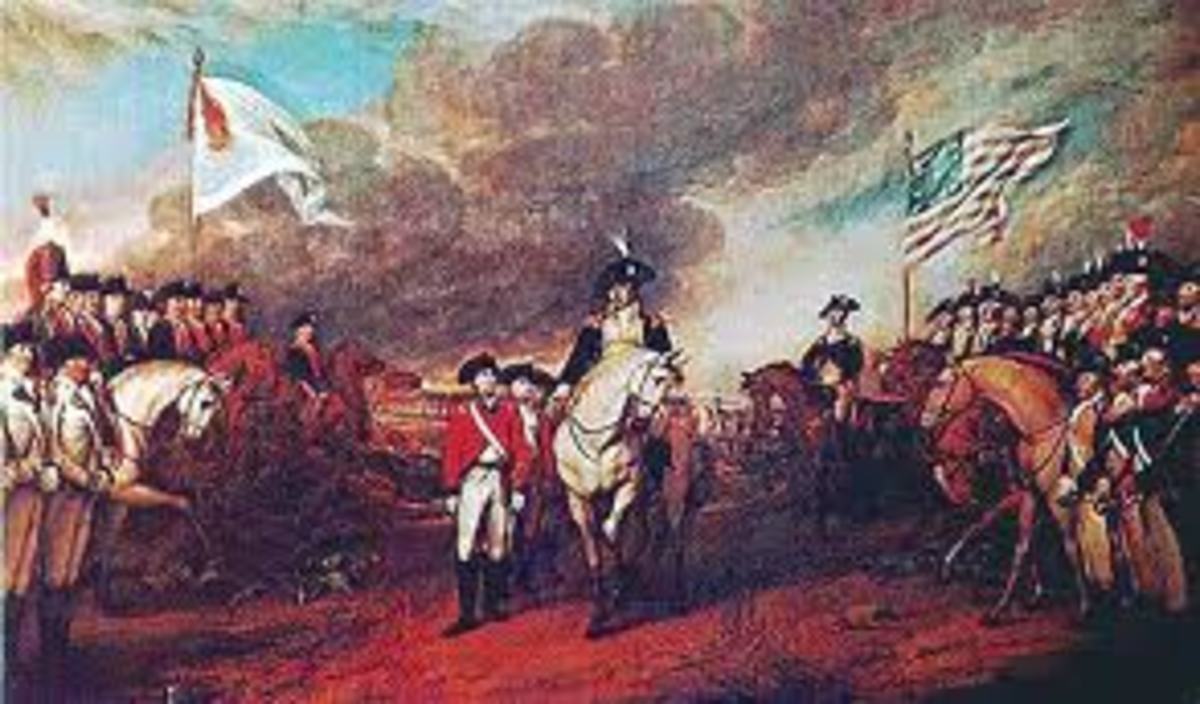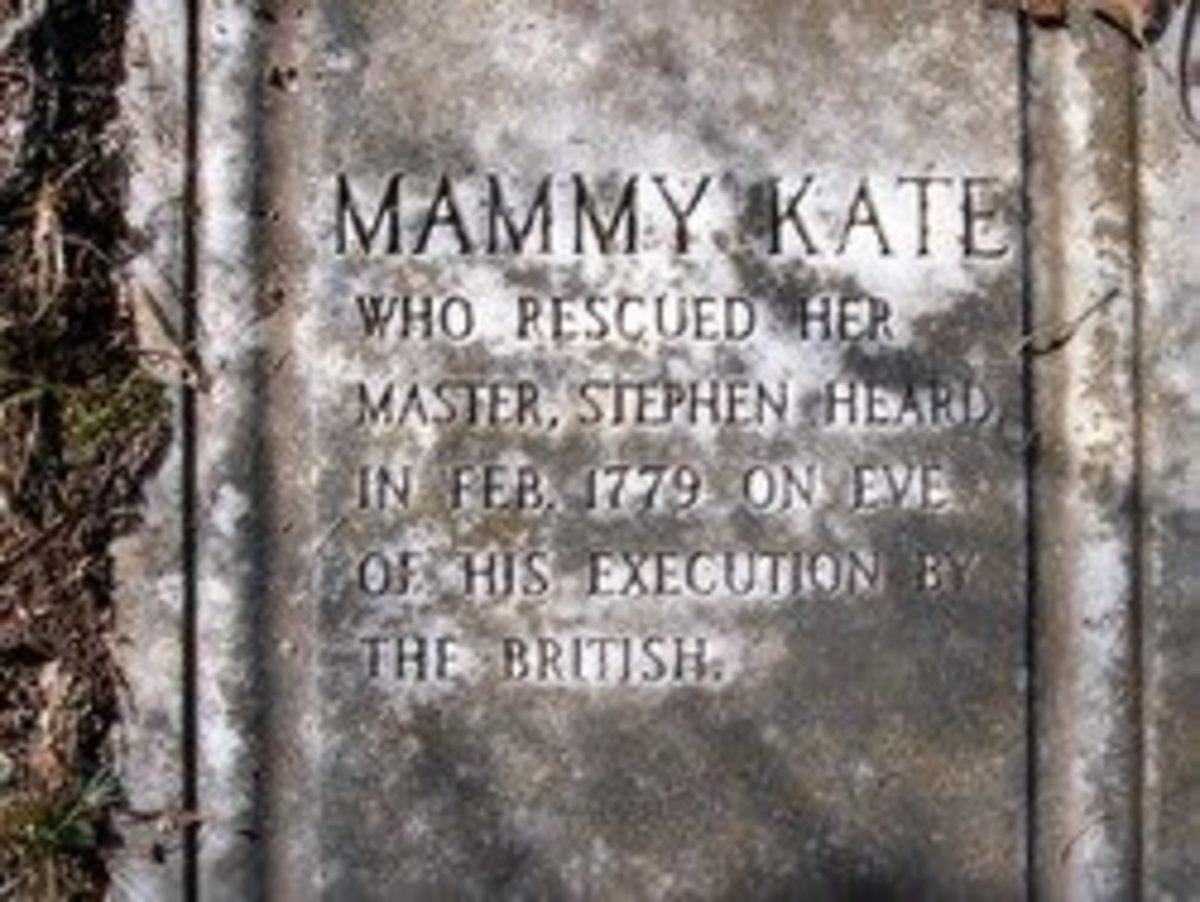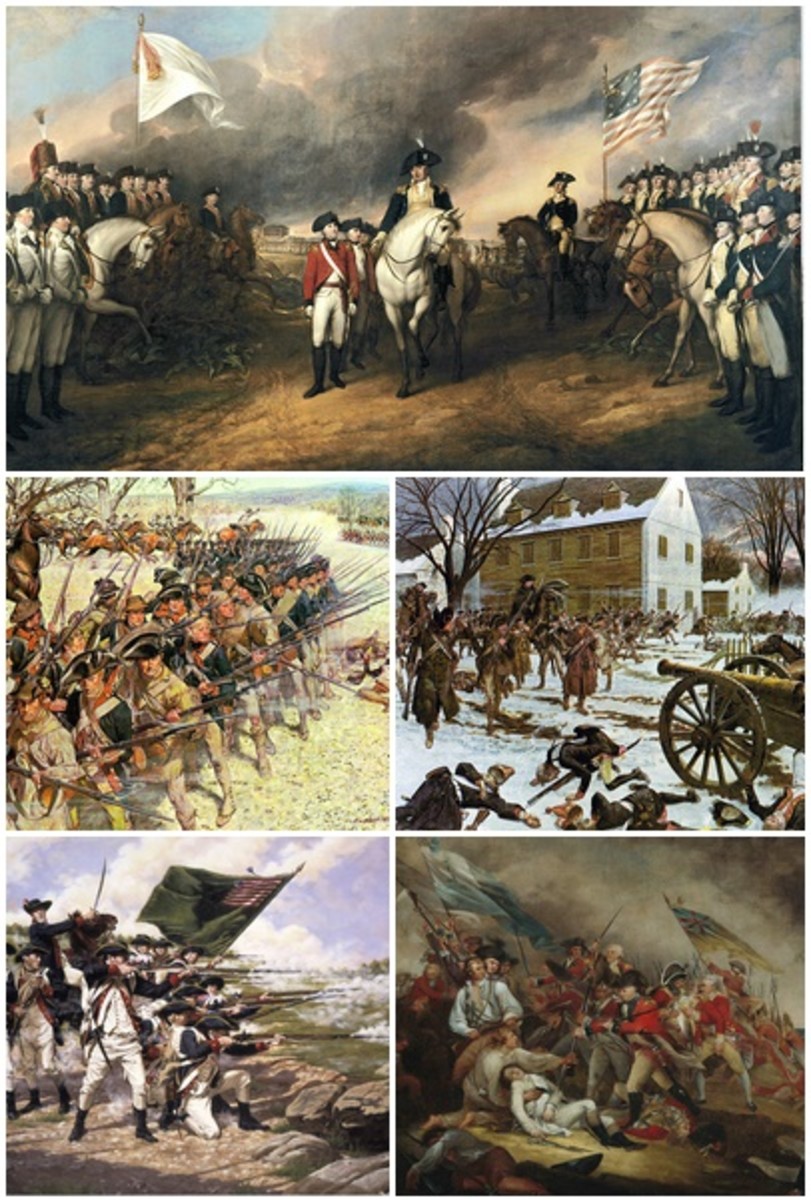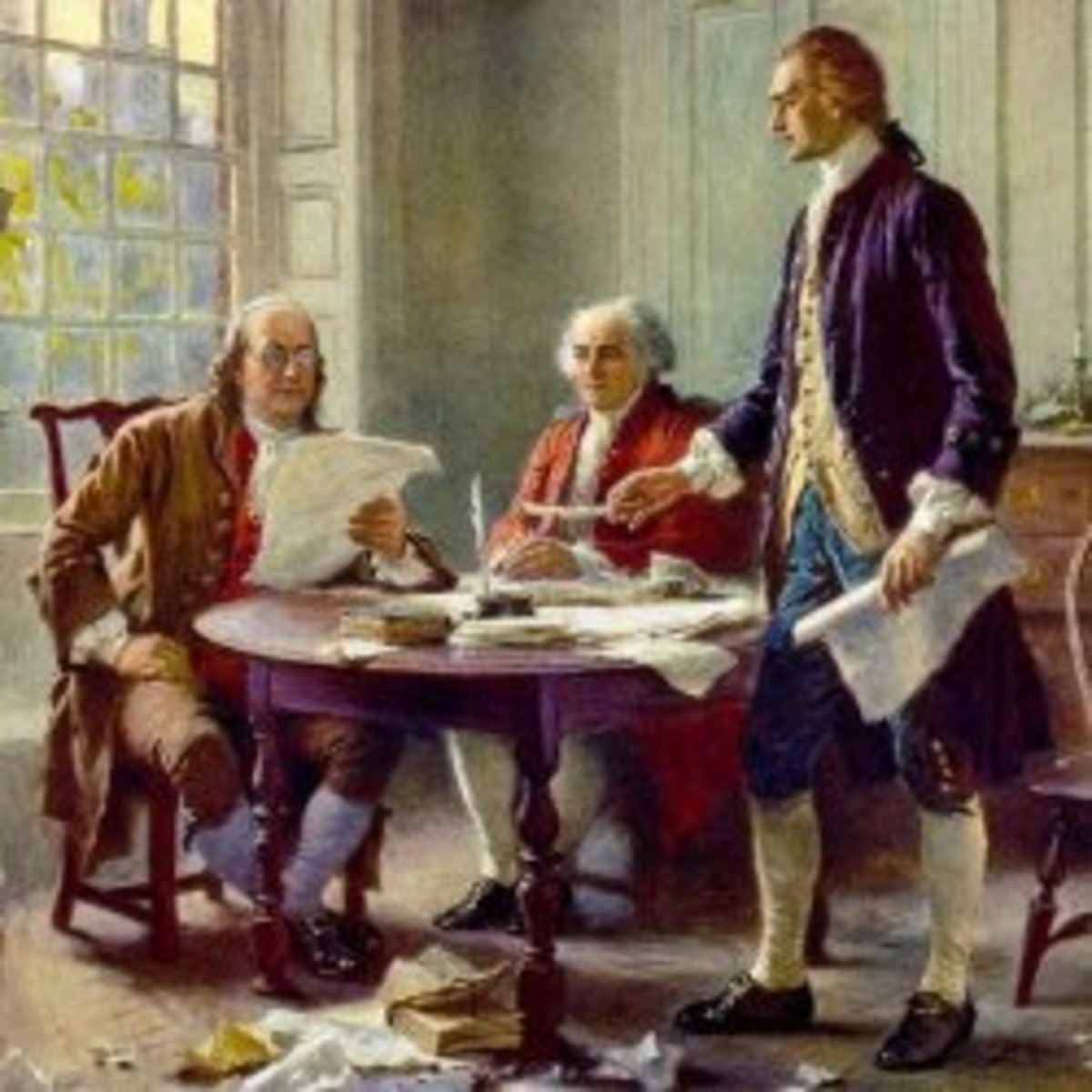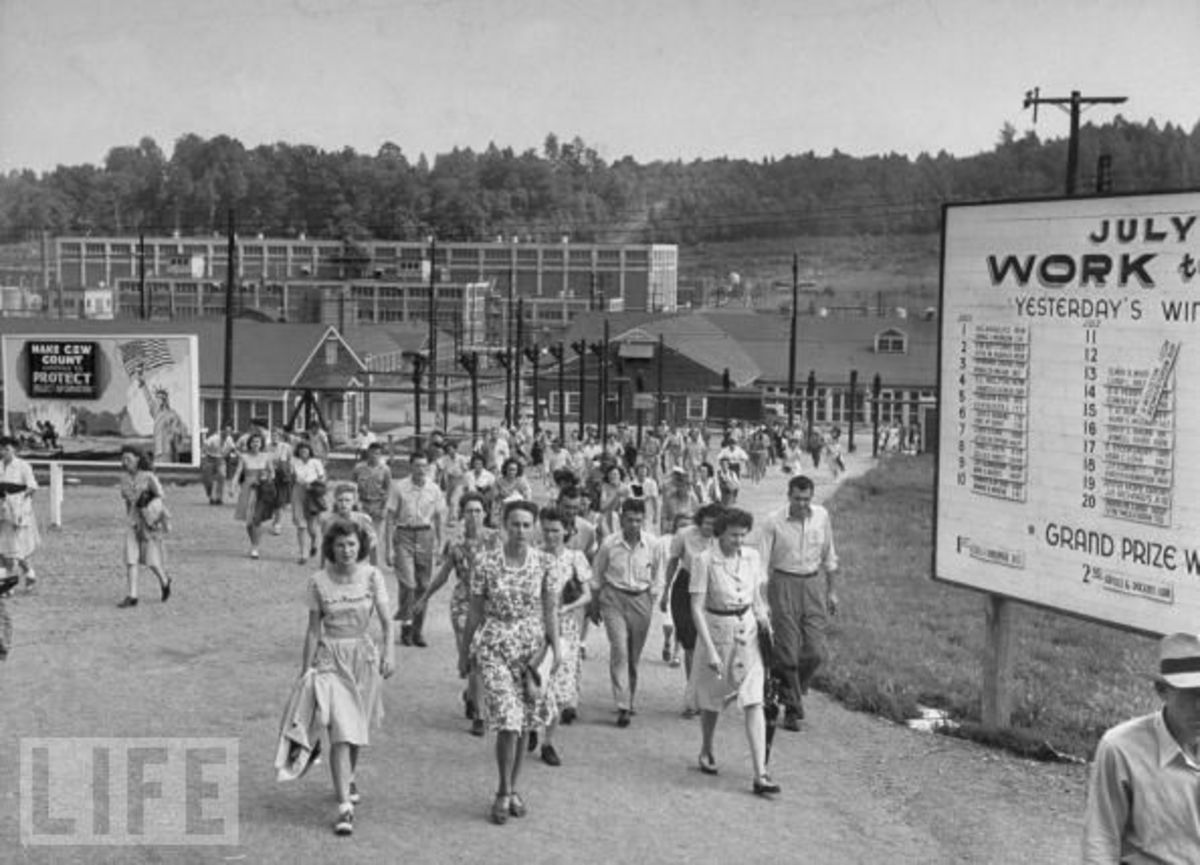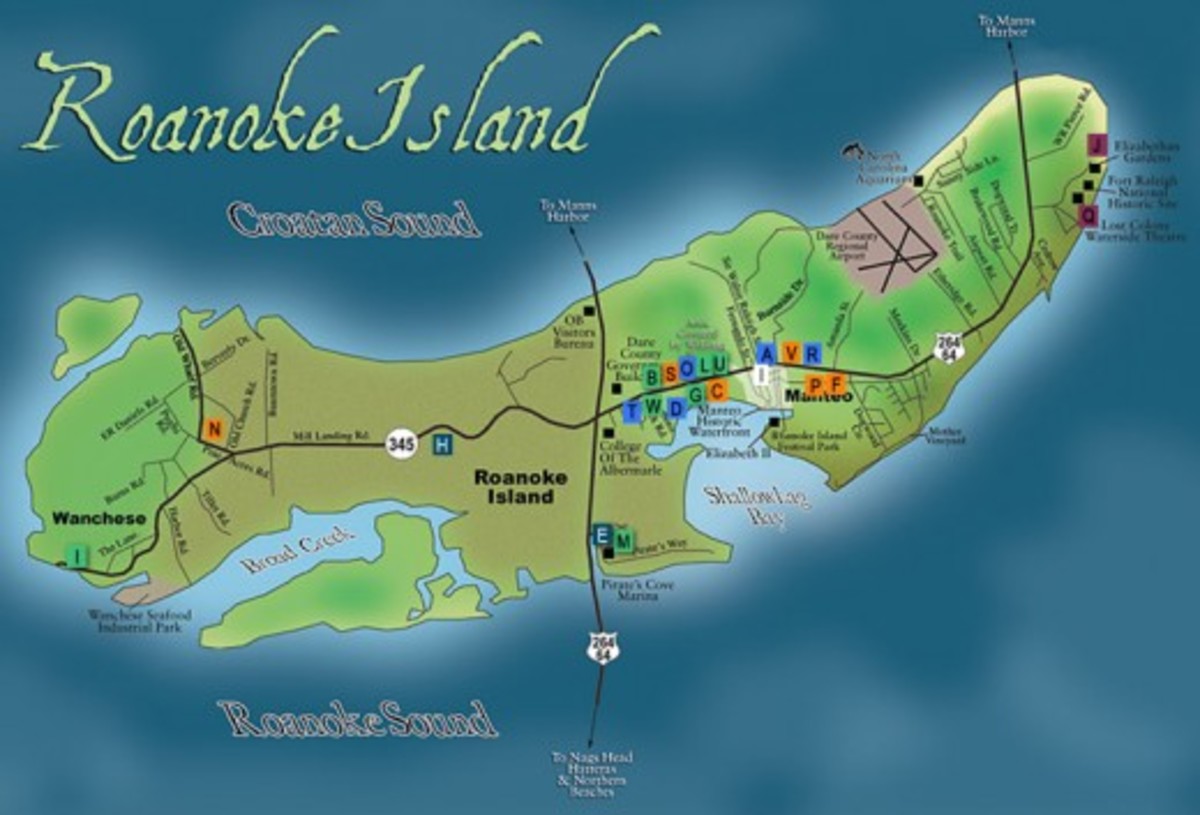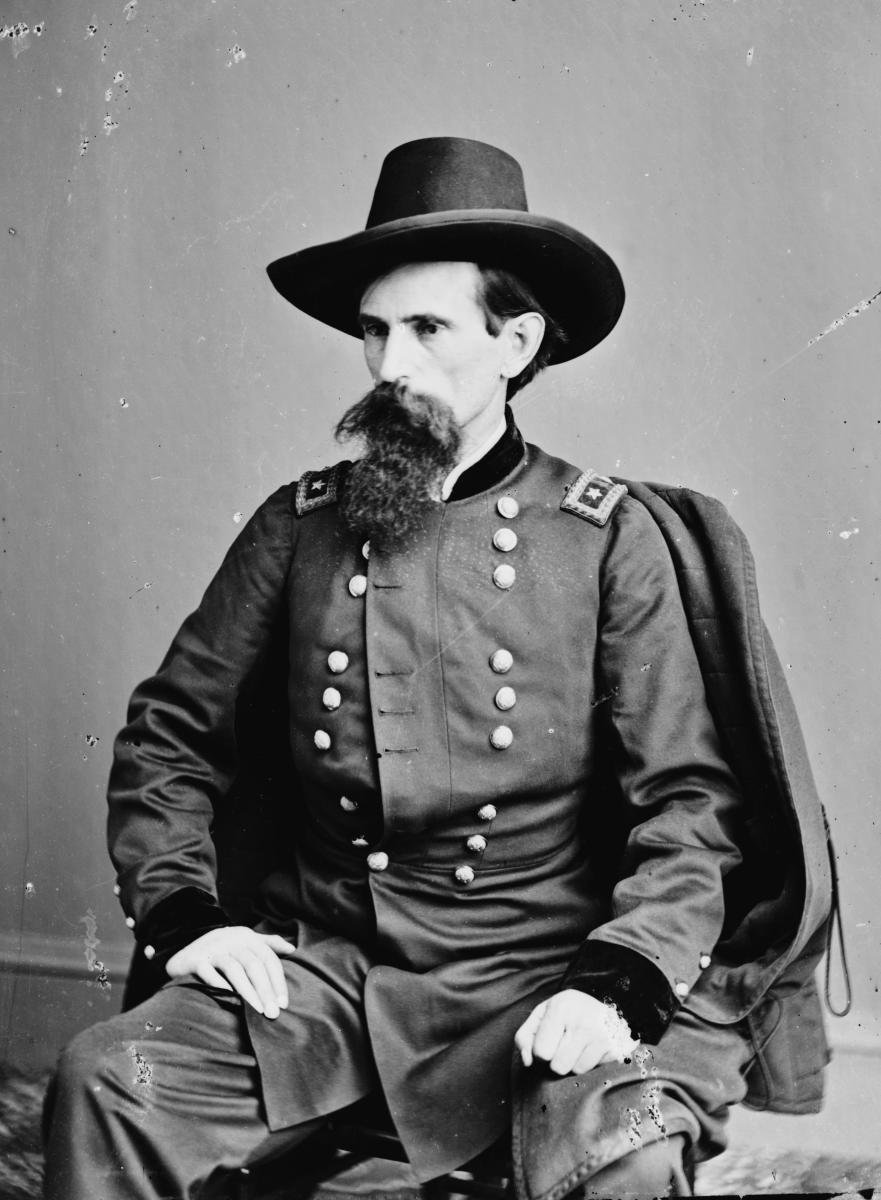- HubPages»
- Education and Science»
- History & Archaeology»
- History of the Americas
American Revolution: Changes Are Thrust Upon The Colonists
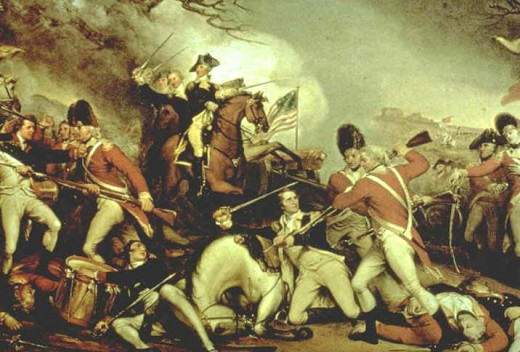
Revolution
The American Revolution forever changed the lives of the colonists in America. From the moment the founding fathers signed the declaration of independence in 1776, the United States of America was changed forever. The years following 1776 were filled with challenges that the blossoming government of the U.S.A. would face and change its political, social, and economical stances to overcome these challenges.
The American Revolution allowed the U.S.A. to have the freedom to make political decisions that benefitted them instead of Britain. The Declaration of Independence that was signed in 1776 is when Britain officially declared the colonies in open rebellion. The Treaty of Paris effectively ended the war with Britain and gave the spoils of the war to the U.S. government, but neglected to give any spoils to the allies of the new nation, France and various Indian nations. To start their new nation, the colonies established a form of government under the Articles of Confederation. The articles worked well to establish a system for states to be added to the union, but did not give the government power to levy taxes or establish an army. The articles gave the government little power over its citizens and the states it governed. James Madison said “If men were angels, no government would be needed”. Madison knew that the blossoming nation would need a stronger government to accomplish what it is intended to do, such as defending them from uprisings like Shays rebellion. Shays rebellion was the last straw for the articles of confederation. There was no way to handle the uprising because the articles could not raise an army. The need for a change in their form of government became apparent. This is how the next form of government, the constitution, came to being drafted. The constitution replaced the articles and brought in a new government that is able to levy taxes and establish an army. The new government was to be headed by George Washington, the general who led the continental army in the Revolutionary war. Washington had signed the treaty of Paris to end the Revolutionary war, and it was only fitting that the decorated war general leads the country. The new government was able to govern the states more effectively, and still allow them to maintain some of their independence. The government was soon tested by the Whiskey Rebellion, and proved effective when Washington led a regiment to wipe out the rebellion swiftly. The new government had accomplished what the Articles had failed to. The only issues that the colonists face is that of the Indians. The Indians had been allies on both sides of the revolution. The Indians on the British side wrote to the U.S. government and said “The king of England… told us to take your People by the hand as friends and brothers”. The Indians obviously showed an interest in making peace with the U.S. after the war was over in pursuit of the idea that great changes were to befall this land. The Indians that fought beside us in the Revolutionary War also expected great change. In a speech presented by an Indian at the Confederate Council an indian said, “It is now more than three years since peace was made between the King of Great Britain and you, but we, the Indians, were disappointed, finding ourselves not included in that peace…”. The Indians are pointing out how the U.S. neglected to involve the Indians in their peace treaties, or even try to continue an alliance after the war had ended. The Indians had drawn the short stick from the Revolutionary War, and were beginning to resent the new nation growing on their doorstep. The tensions between the Indians and the colonies had always been great, but they looked to be worsening with the repeal of the proclamation 1763, which would allow colonists to expand westward into Indian Territory. The chance for peace with the Indians was missed because of the fledgling country’s preoccupation with other affairs. The government also had sufficient power over the individual states. The states had the ultimate decision as to whether or not the government had overstepped its boundaries though. This is shown in the Virginia and Kentucky resolutions. The resolutions put into words the idea that states had the final decision when it came to their government. The unrest shown in these resolutions was not uncommon. The nation was becoming split into two political parties, the Federalists and Jeffersonian Republicans, which had to different views on how the government should work.
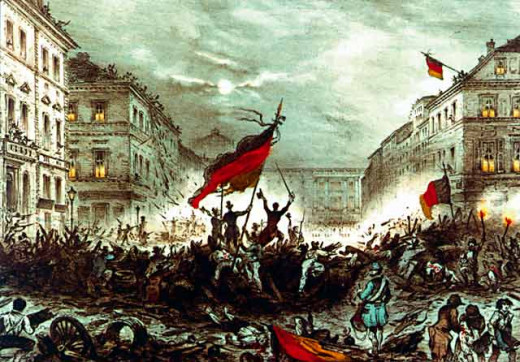
The views shown by the Kentucky and Virginia resolutions were not uncommon at this time. Many thought that the government was becoming too powerful, and would soon become like the oppression shown to them by the king of England. The people with this view, or one like it, were known as Jeffersonian Republicans, or Democratic Republicans. On the other hand, the people with the view that the government should have the power it has, or more, were known as Federalists. These two parties made up most of the political scene. The Federalists favored commerce and manufacturing over the agriculture that the Democratic Republicans favored. The Democratic Republicans saw the blossoming nation as a nation built on agriculture. Imagine a farmer plowing his field with a symbolic figure in the background that suggest liberty, fertility, and abundance. This document also shows how the majority of democratic republicans were from agriculture based areas. The federalists, on the other hand, were largely from areas with economies based upon commerce and manufacturing. The political parties of this time show how the people were split after the war, but do not show how the colonists were split during the war. The colonists became split during the based on their opinion of the war. Those who had sympathies with the British were called Tories, and those who supported the revolution were known as loyalists. Tories were mostly found in port cities were British influence was more prominent. The Loyalists were found almost everywhere else. The Loyalists did not take kindly to Tories, and it was not uncommon for the Tories to be harassed by the loyalist in the form of tar and feathering and seizure or vandalism of property. That is expressed in this excerpt from the Pennsylvania Packet “No time to be lost. Instantly banish every Tory from among you.” This shows Loyalists felt about Tories at this time. The friction between these two groups is a major difference between the political parties that followed. There was no violence between the parties, aside from a duel between Hamilton and Burr. The conflicts between parties are settled by words, and not actions in this new government. A big change in the social norms caused by the American Revolution is idea Republican Motherhood shown in document A. Document A is woodcut of one such republican mother. The woodcut shows a mother with a musket in one hand wearing a tricorn hat outside of a fort raising its flag. The idea of republican motherhood was one presented during the war. The idea was that women should be educated as children so that they may raise their children, and instill in them the ideals of republicanism and benefit their country in doing so. The women were also given jobs that would otherwise be unavailable to them. Women had achieved a different social niche where they could be a bigger part of society. In some instances women were even allowed to vote for a time. A prominent mother of such kind would be Abigail Adams. Mrs. Adams said one of the most memorable lines of Republican motherhood into her husband’s ears for him to think about as he participated in the raising of a new nation, “Don’t forget the ladies”. This quote was supposed to remind her husband that women deserve the same rights as men. This was a drastic change in the ways of thinking from the times before the American Revolution, and did not go over well right away. The changes brought on by the American Revolution had brought many people to realize many things, and find different ways to deal with them.
Mid-Essay Quiz
view quiz statisticsOne of these men who solved a problem in a different way was Alexander Hamilton. Alexander Hamilton was part of Washington’s cabinet, and had the title of secretary of The Treasury. Hamilton was to be in charge of paying off the war debt. Hamilton was a federalist, and was opposed at almost every turn by Thomas Jefferson. Jefferson was a Jeffersonian Republican, and believed in a future of a nation supported by farmers. Hamilton did not see the future in the same way, and this led to arguments. Hamilton’s plan for paying of the war debt involved the assumption of all of the state’s debt under the government and the formation of a government bank. Jefferson did not like this plan at all. Some states were able to pay off their debts on their own, and by the government assuming the debt, it cause them to have to pay it off through taxes. The creation of a bank also posed an issue because the constitution did not say that a bank was to be formed. Jefferson saw this as a threat to his ideal future for this nation. Jefferson opposed its creation, but Washington allowed it to be formed. The plans initiated by Hamilton worked tremendously, and soon the war debt was all but paid off. Hamilton did not pay it all off to keep some debt to create ties to foreign powers. The debt allowed them to keep relations up, and appear to be self sustaining. Hamilton’s plan could not have gone any better. The Economy flourished under Hamilton, and soon the population flourished too. The creation of the bank also allowed for a single currency to be circulated, which satisfied some grievances of the previous rebellions. In a letter from Abigail Adams to Thomas Jefferson, she writes about Shays rebellion, “Some of them were crying out for a paper currency”. The grievances were met by Hamilton’s plan, and trade increased between states because of the currency, and lack of tariffs the bank presented. All in all, Hamilton’s financial plan worked wonders on the new nation, even if it was controversial.
The American Revolution caused great change in the young country of the U.S. The creation of a government caused them perfect a republic that suited their needs. The creation of political parties enhanced the democracy already in place, and women were given larger roles. The war debt provided a gifted man with a chance to change a nation forever. The American Revolution had long lasting effects on this new country that changed its course forever; the politics, social environment, and economy were changed vastly from the pre-war standards in a way that will not change


